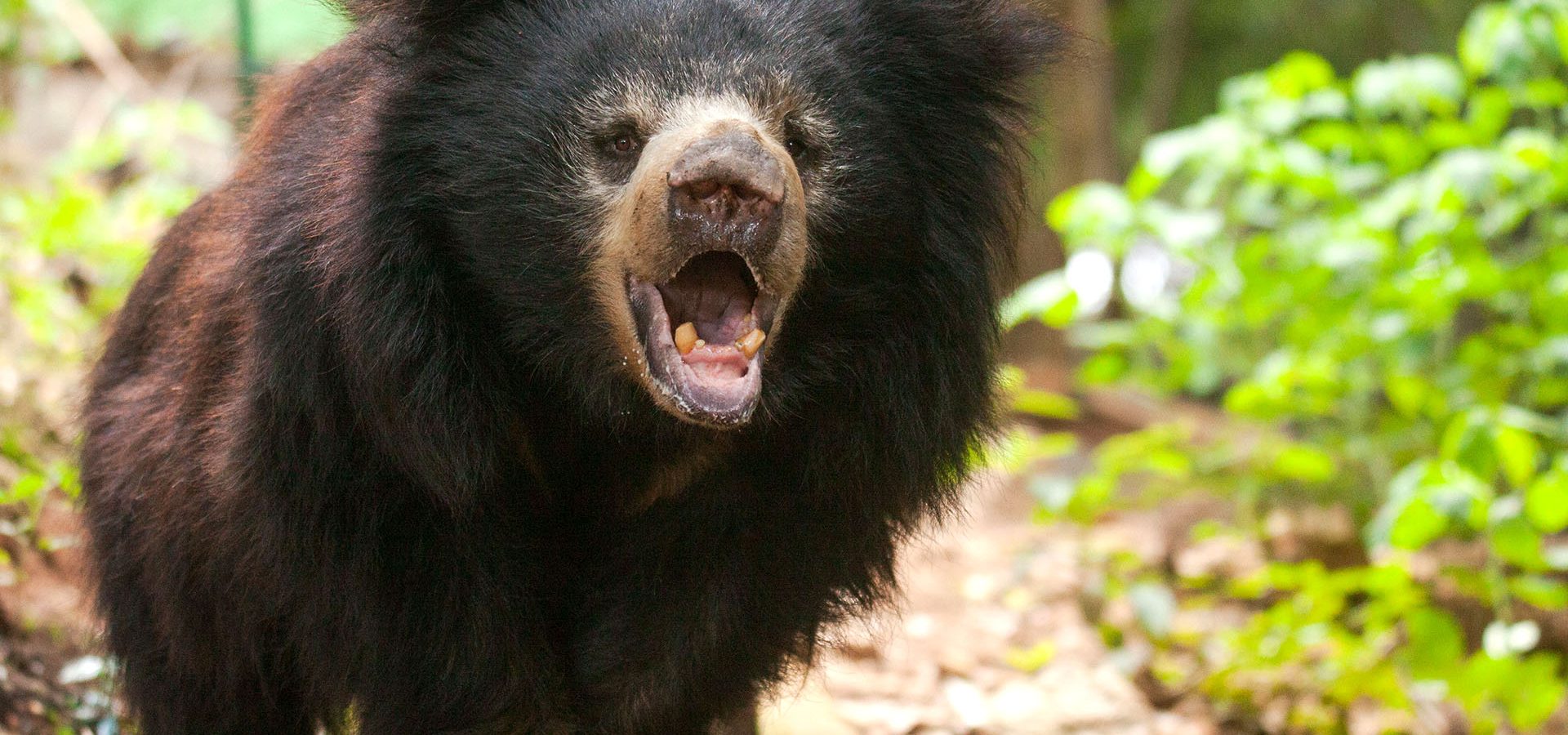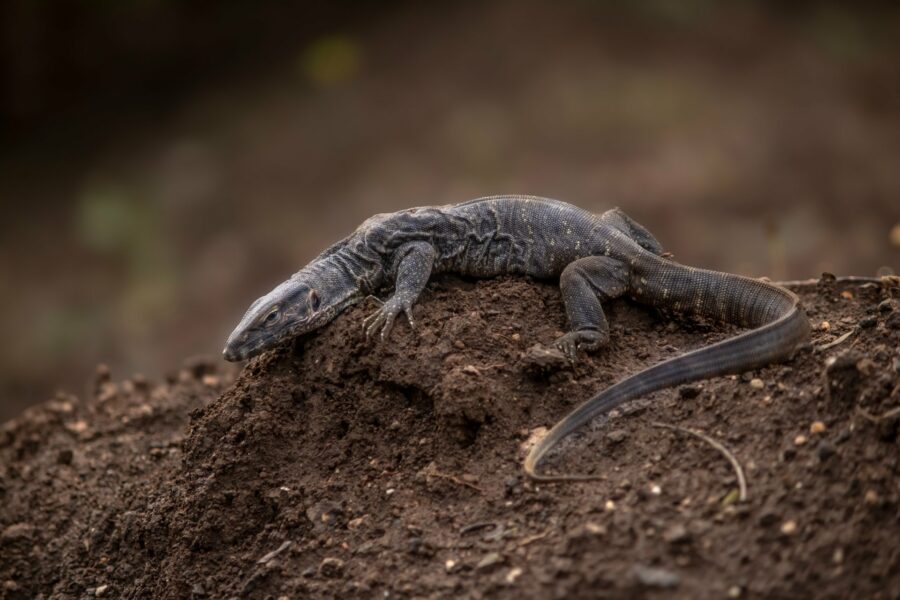Can you spot the differences? Asiatic black bears, also known as moon bears, are often mistaken for sloth bears because they look very similar. They both are of similar size, and nearly-always black with a crescent white chest marking and a ruff of longer hair around the neck. These two species overlap along the Arc of Terai (the foothills of the Himalayas running through Nepal, India and Bhutan) and in northeast India.
Mistaken identifications could yield an incorrect perception of the presence of either bear species. The mistaken identity can impact efforts for conservation and protection of both species. Perhaps the most notorious example of this occurred in Bangladesh, where the widespread presence of Asiatic black bears masked the disappearance of sloth bears throughout the entire country. The sloth bears, once numerous, had disappeared from the country years before anybody realized it.
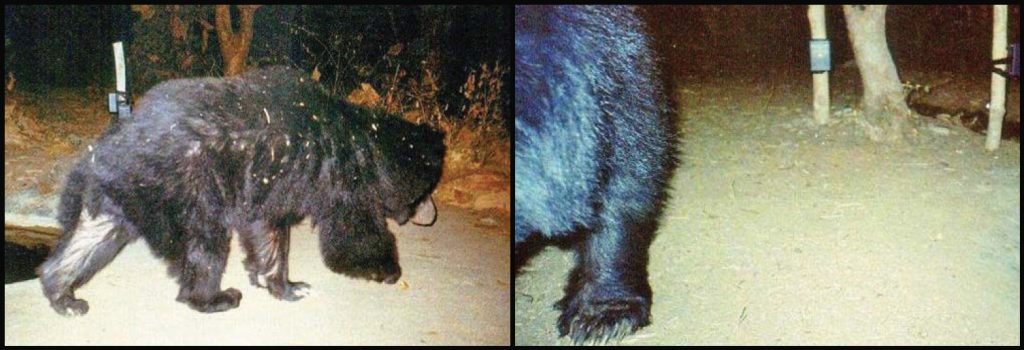
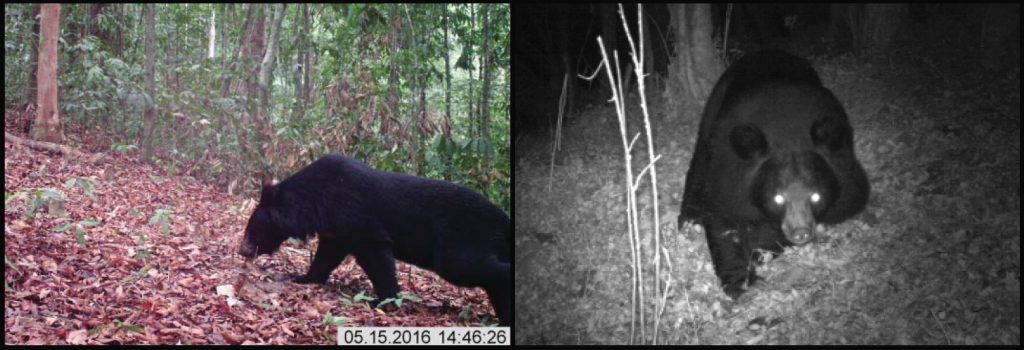
Camera-trapping is a relatively cheap and non-invasive way to collect data on the presence of species in given locations. However, one reason we don’t already have a better understanding of the distribution of these two species is that it is hard to tell the two apart. This is the challenge if one is lucky enough to catch a glimpse of a bear in the wild, and is equally true when one is looking at camera trap photos. Usually, camera trap photos are taken by a fixed camera, firmly attached to something in the environment, like a tree. The picture is taken when the camera is triggered by movement. The resulting images more often resemble that of an amateur photographer trying to catch an image of bigfoot, rather than a photo on the cover of National Geographic.
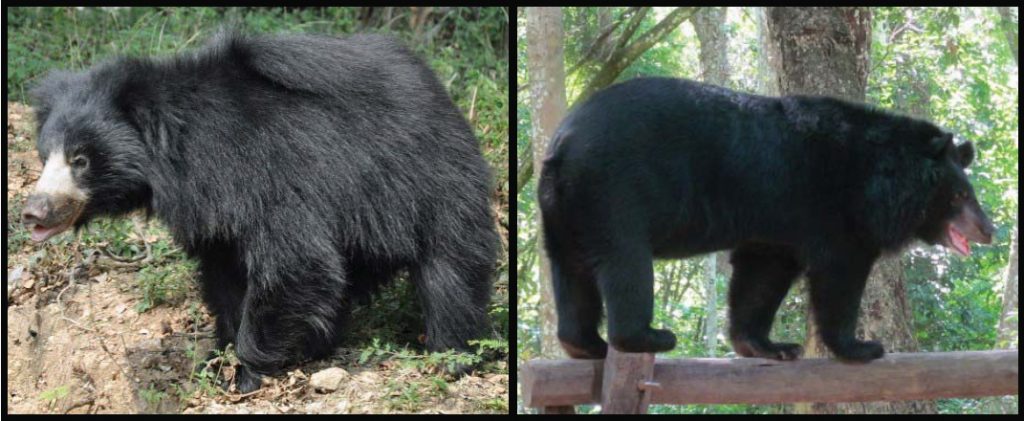
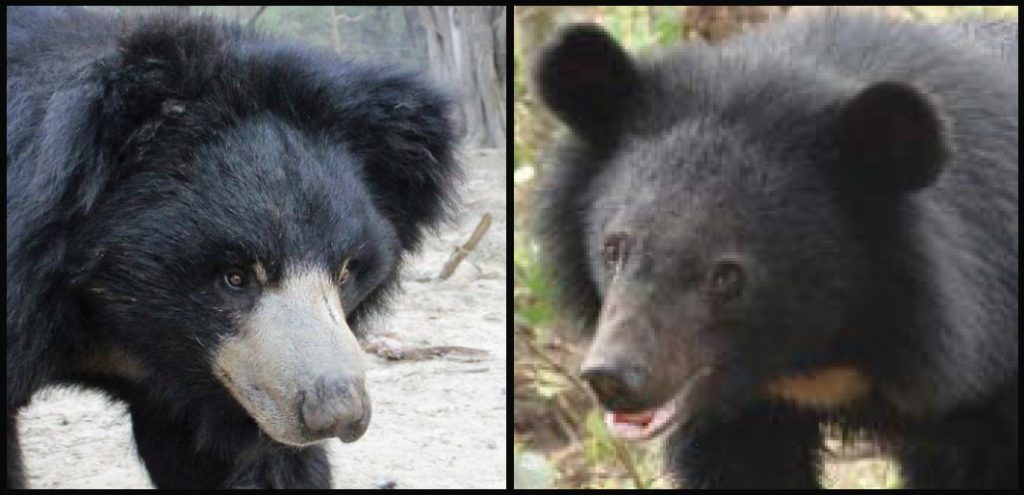
Accurately identifying which species has been captured in the camera trap is vital in understanding the distribution of the two species and how they interact on a landscape level. Additionally, every camera trap photo of a bear is data gold. Therefore, we don’t want to miss an important data point by identifying the image as just “bear” because we are uncertain as to which species it is. So there are certain trademarks for the different species that bear biologists key in on to identify which species of bear has been captured on film.
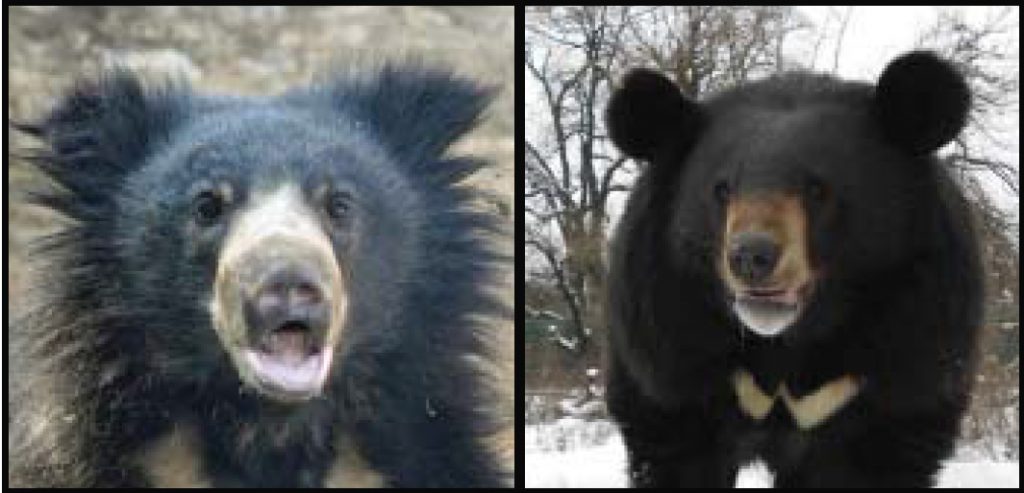
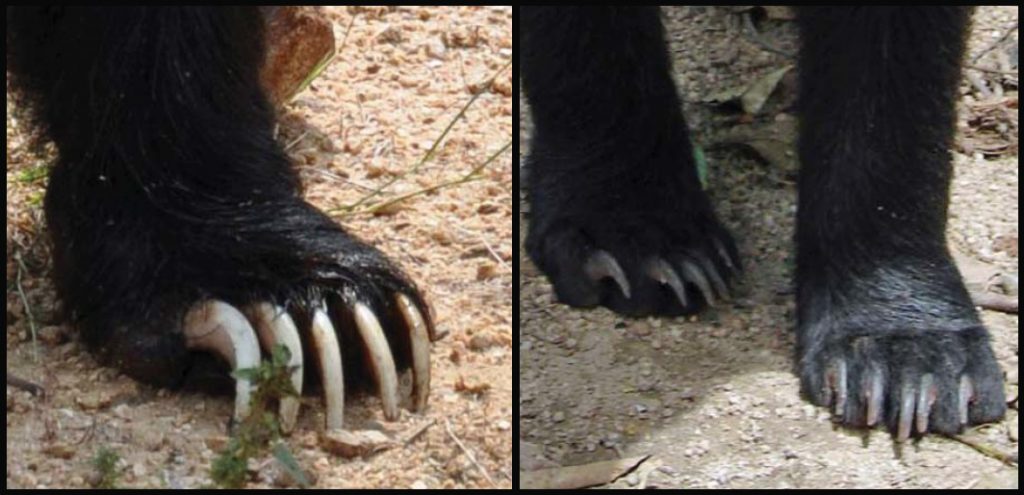
How can you identify the differences?
Here are the five keys to tell the difference between a sloth bear and moon bear from a camera trap photo. First look at the coat of the bear. If it’s shaggy and a mess, often with debris stuck in it? If so, you probably have a sloth bear. If it looks smooth and clean, like the bear just came from a beauty salon, then you have an Asiatic black bear. Next, look at the ears. Asiatic black bears have very large mickey mouse type ears. It’s very noticeable when you know what you are looking at. If the ears are not very noticeable you have a sloth bear. Then if possible look at claws. If the claws are long and very noticeable then you have a sloth bear. If the claws are small you have an Asiatic black bear. Lastly, and perhaps a bit less reliable, look at the snout. A sloth bear has a long white snout, while the Asiatic black bear has a short dark snout.
5 Features that distinguish the two bears in camera trap photos:
- Moon bears have a smooth coat while sloth bears have a shaggy coat
- Sloth bears often have debris stuck in their fur
- Sloth bears have long claws
- Moon bears have large mickey mouse type ears
- Sloth bears have a long whitish snout
With these characteristics in mind, and a lot of practice (Wildlife SOS biologists have looked at hundreds of camera trap photos from where these two bear species overlap), one can almost always tell these two species apart. This is just one example of the many technologies and strategies that the Wildlife SOS team employs to protect bears in the wild. Now you can spot the differences, too!

